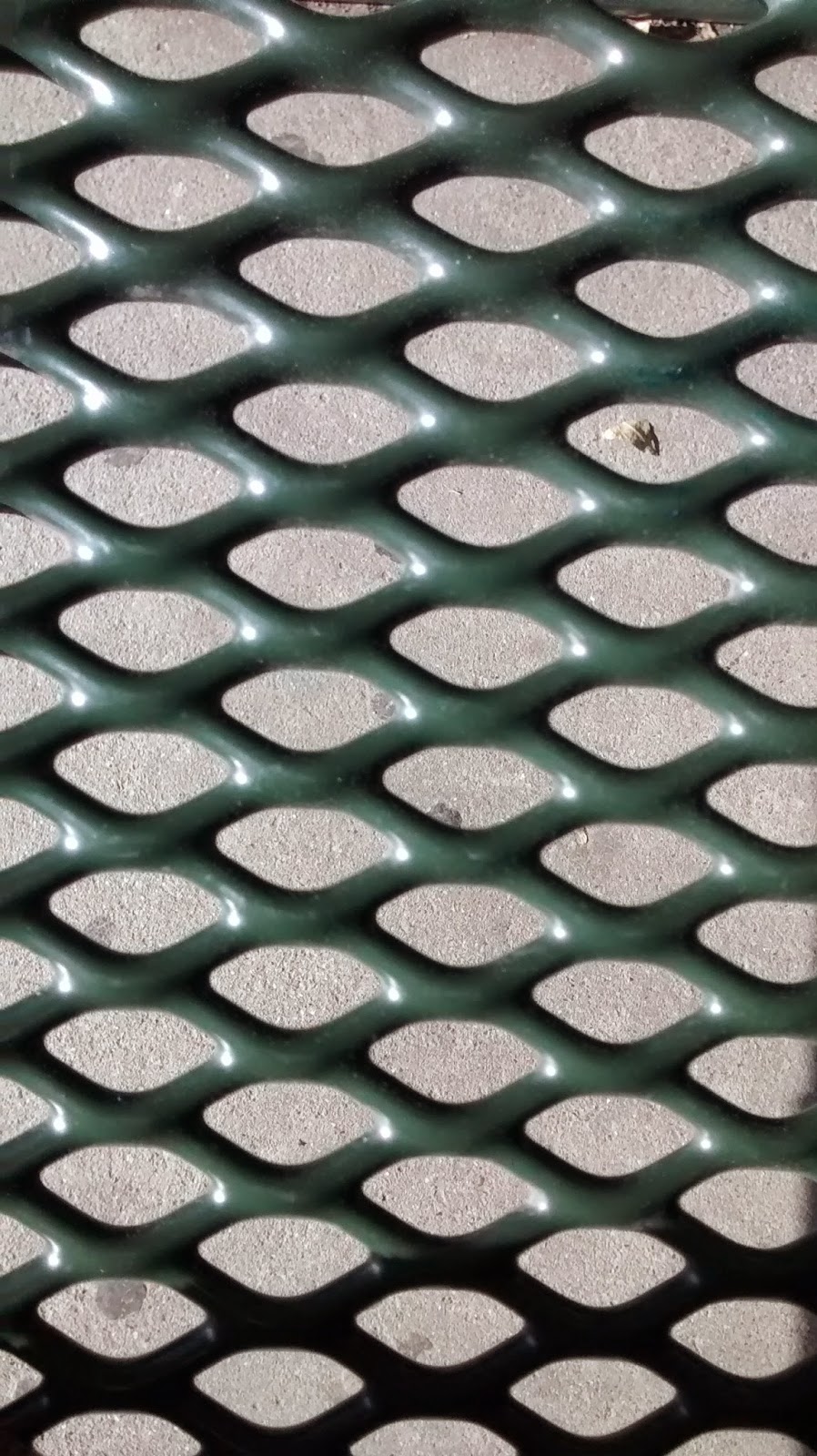4. My transformative photo is this photo I took while I was in the hospital. It was part of my final project titled Injury.
I believe this photo really changed my view on photography because of its limitations. At the time the photo was taken, I had recently broken my ankle, and couldn't move it. As a result, I couldn't get up out of the bed to take my pictures. In addition, the subject that I was photographing was myself. The combination of these two factors forced me to adapt as a photographer. I had to find a way to capture the same feelings and emotions in a photo while having minimal control over the lighting, setting, and angle of the photo. In the end, i rearranged a few objects so my leg could clearly be seen, had my parents turn on a few lights, and waited until they were surrounding my bed until I took the shot.
5. The difference between shape (my blog post for shape) and form (my blog post for form) is that shape uses two-dimensional symbols that portray width and length in a picture. On the other hand, depth uses three-dimensional shapes that represent width, length, and depth in a photo.
6. The difference between pattern (my blog post for pattern) and repetition (my blog post for repetition) is that pattern is when an object is repeated multiple times within a photo. However, repetition goes a step further to use repeating patterns to create a sense of movement and make the photo seem active.
7. Movement (my blog post for movement) is what path the audience's eye take through the photo. A photographer can use shapes, lines, color, and light to direct and navigate a viewer's attention through a photo.
Take this photo for example. Right away, the audience's eye is drawn to the intensity of the light reflecting off the blue trash bins. Then the audience follows the arc shape of the six trash bins as the intensity and color fades out. After visually exploring the trash bins, the viewer begins to explore other aspects of the photo. They begin looking at the trees from left to right, and then the fence, and the the ground.
8. Of the last three projects, my best work is my Final Project (Injury). This work is my best work and it changed me as a photographer because I had to adapt to the given circumstances. In several cases I had to work my way around lighting, angle, and location problems. In addition I also had to find a way of photographing myself that would still convey the same mood and tell the same story to my audience. I learned to take advantage of good situations and recognize what kind of photo would be good in what situation. I saw the world through my camera and its opportunities.

















.jpg)









.jpg)
























